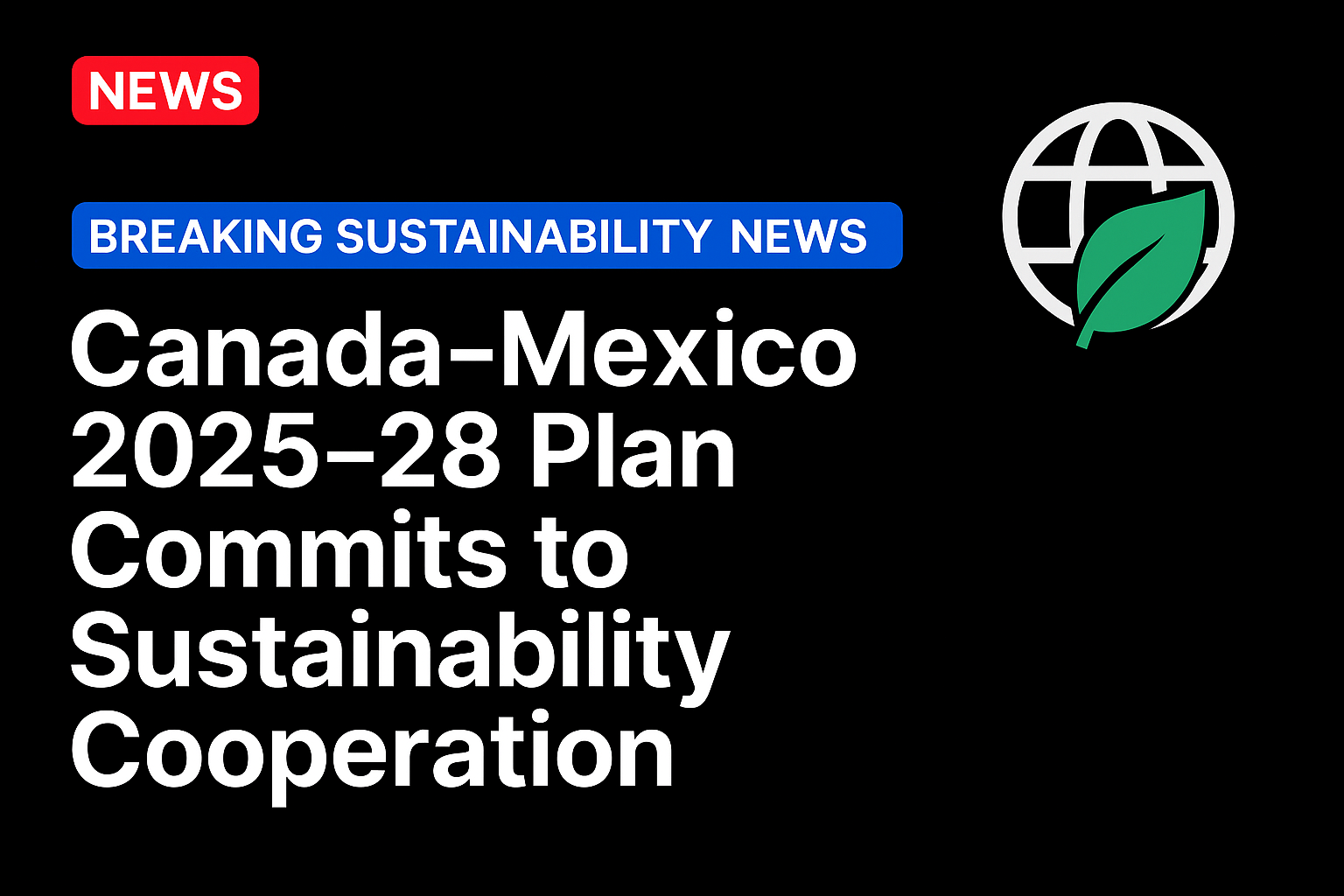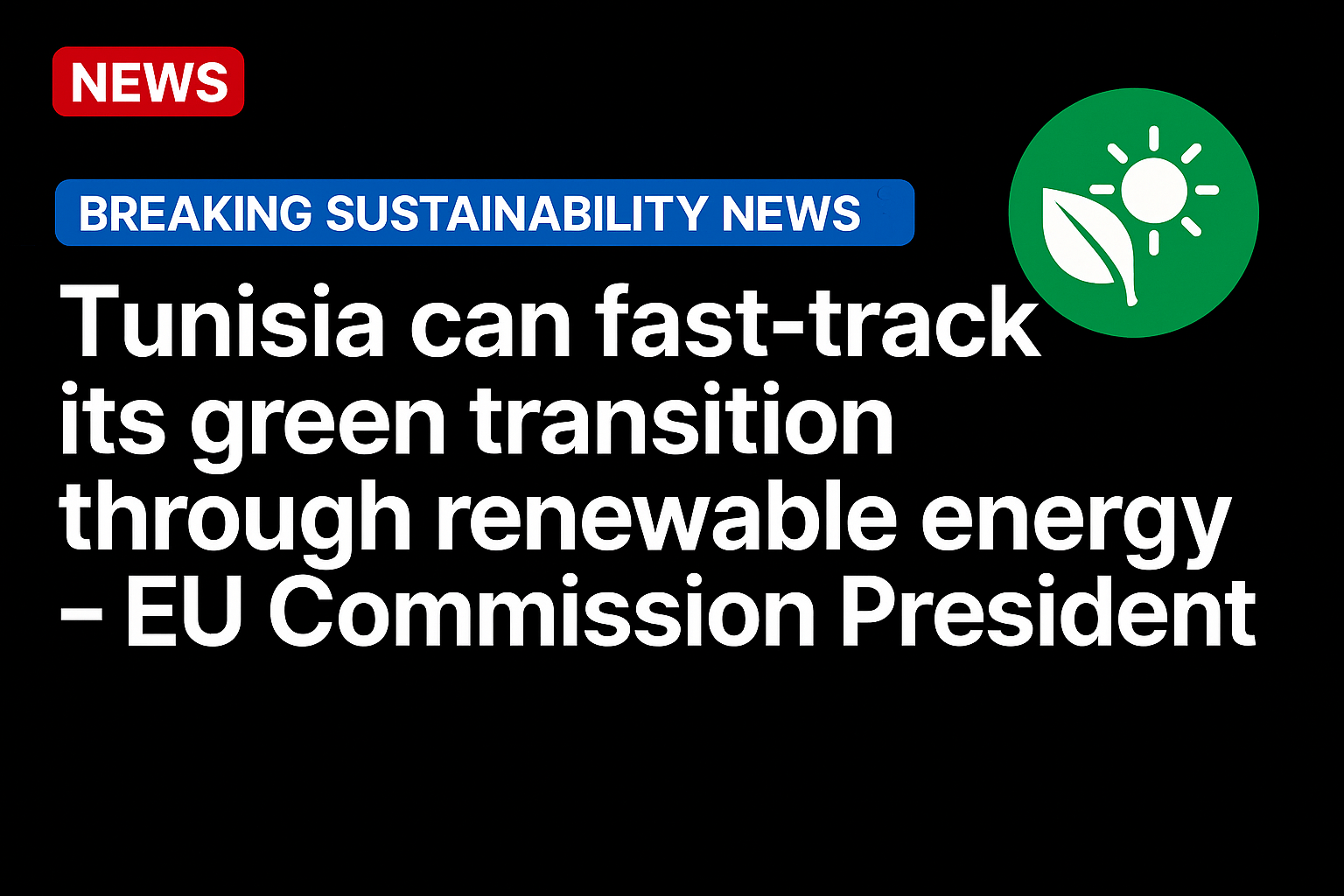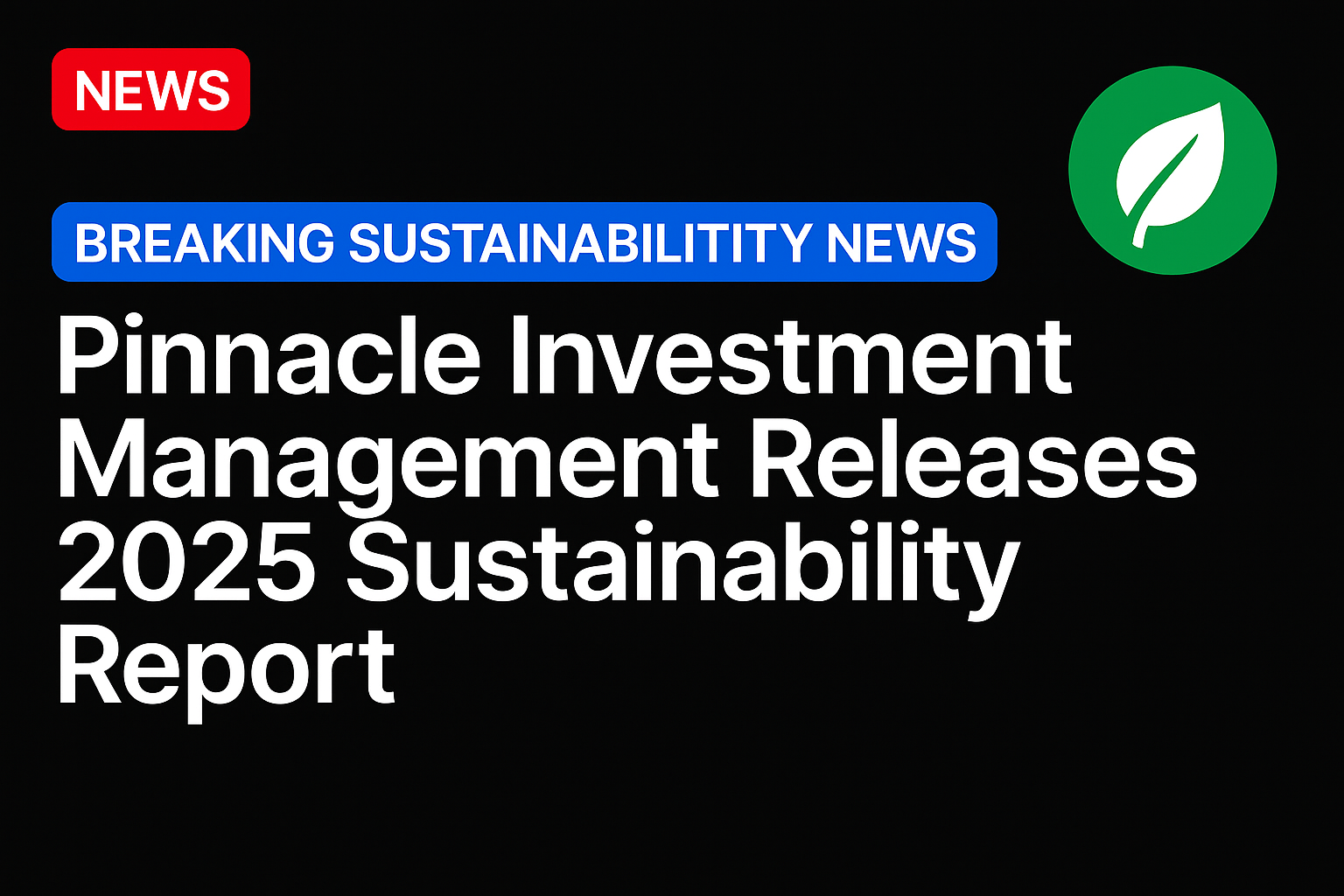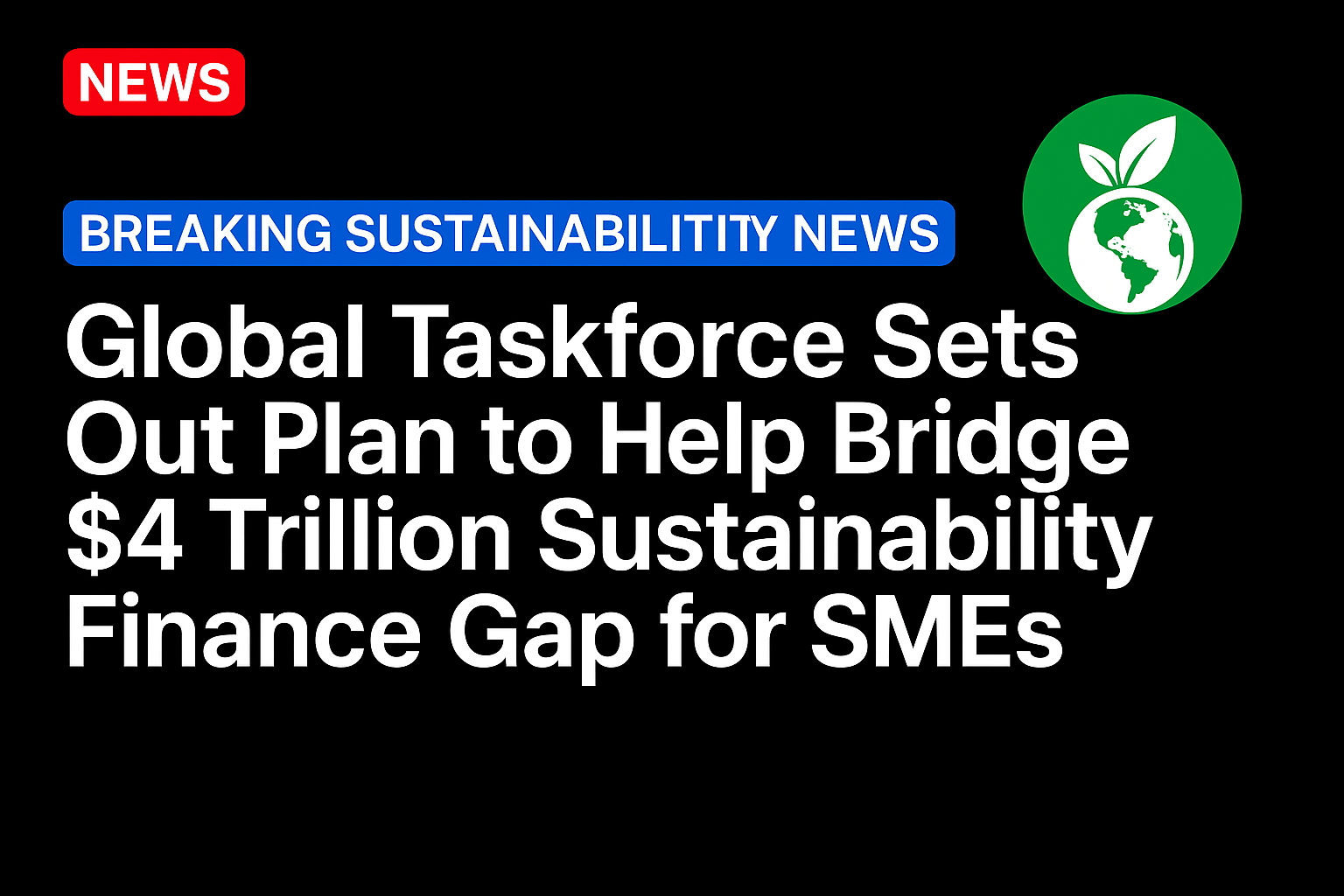Following Canadian Prime Minister Mark Carney’s visit to Mexico City on Sept. 18 to meet with President Claudia Sheinbaum, Canada and Mexico agreed to strengthen cooperation on a range of environmental issues. The agreement is part of the newly announced “Canada-Mexico Action Plan: 2025–2028,” which identifies sustainability as one of four strategic pillars alongside prosperity; mobility, inclusivity, and well-being; and security. The plan comes as both countries seek to reinforce partnerships globally amid a looming US tariff threat that experts warn could push the North American economies toward recession.
The plan’s environment and sustainability pillar includes five key elements, highlighting the two nations’ “deep commitment to environmental stewardship and climate action.” First, both countries pledge to enhance collaboration on the sustainable management of protected natural areas (NPAs), including wildlife conservation and ecosystem protection, with particular engagement of Indigenous communities. A Memorandum of Understanding on NPA conservation is scheduled to be signed by the end of 2025 between Parks Canada and Mexico’s National Commission of Natural Protected Areas (CONANP).
On greenhouse gas (GHG) emissions, the nations commit to improving transparency and accountability, including through methane certification regimes. They also reaffirm support for the Environment and Sustainability Working Group (ESWG), co-chaired by Environment and Climate Change Canada and Mexico’s Ministry of Environment and Natural Resources (SEMARNAT), which is advancing measures to mitigate short-lived GHGs like methane and black carbon.
The energy transition is another key focus. Canada and Mexico will explore cooperation on energy efficiency in production processes, human resource development, and academic collaboration. In the hydrocarbon sector, the countries aim to strengthen energy security while advancing innovative exploration and extraction technologies. Simultaneously, they commit to promoting environmentally friendly energy alternatives, including liquefied natural gas, wind, geothermal, and bioenergy. Despite Canada’s recent suspension of its electric vehicle mandate following US tariffs, the plan expresses support for investment in electric mobility and public transportation.
Both nations also pledged to enhance water management strategies, pursuing technological innovations for effective freshwater resource management. Finally, the sustainability pillar emphasizes inclusive growth and responsible business conduct, particularly in sectors driving the green transition, the circular economy, and the development of future-oriented technologies.
Notably, the 2025–2028 plan makes no mention of the Commission for Environmental Cooperation (CEC), a trilateral sustainability group including Canada, Mexico, and the United States. In June, representatives from the three countries met in Mexico City for the CEC’s 32nd annual session, addressing circular economy, wastewater management, and biodiversity. They also began a five-year review of the USMCA Environmental Cooperation Agreement to improve transparency and compliance in environmental enforcement.
Cooperation on Mining Oversight
Under the prosperity pillar, both countries pledged joint action to promote sustainable mining. Carney also announced that Canada would review whether mining companies in Mexico comply with local environmental regulations. During his meeting with Sheinbaum, he requested a list of companies allegedly failing to meet SEMARNAT requirements and pledged to press them for compliance on mitigation and remediation measures during environmental impact assessments.
This issue had previously been raised during an August visit by Canada’s Foreign Minister Anita Anand and Minister of Finance François-Philippe Champagne. Sheinbaum emphasized the importance of addressing environmental violations by Canadian mining firms, stating: “We discussed all the damages caused by these companies in Mexico and the need for them to comply with the requirements imposed by an environmental impact assessment and its resolution.” Later, at a regional Latin American conference organized ahead of COP30, Mexican Environment Minister Alicia Bárcena criticized the asymmetric power balance between rural populations living in mineral-rich areas of Mexico and large Canadian mining interests. According to Bárcena, Canadian companies “pay communities a little bit for housing, electricity, and water, but then leave behind an environmental liability that no one can resolve.”
Carney’s willingness to engage follows years of complaints from Mexican and Canadian rights groups regarding Canadian mining practices. The Mexican Network of People Affected by Mining (REMA) reports that authorities often hesitate to act against Canadian firms due to potential trade disputes, as Canadian capital is involved in nearly 70% of mining operations in Mexico.
REMA cites the case of Almaden Minerals, which initiated international arbitration after the Mexican government blocked the Ixtaca project and retroactively terminated mineral concessions. The Toronto-based Justice and Corporate Accountability Project (JCAP) links similar concerns to the unresolved case of Mariano Abarca, a Chiapas community leader murdered after protesting a Blackfire Exploration mine, alleging complicity by company employees and authorities.
Source: https://mexicobusiness.news/




